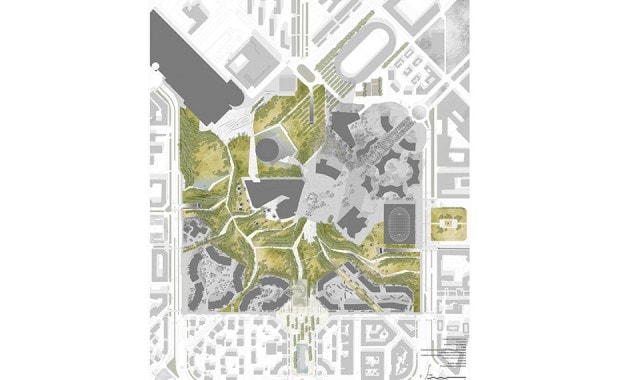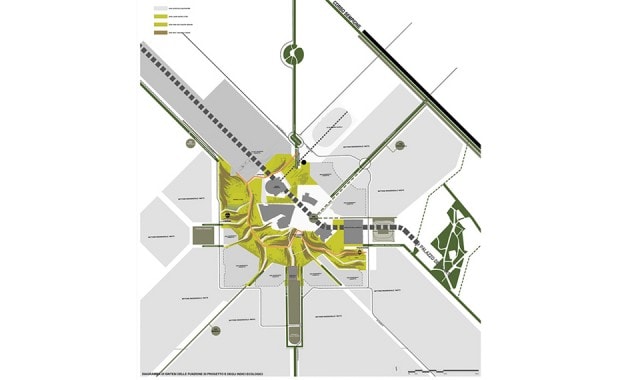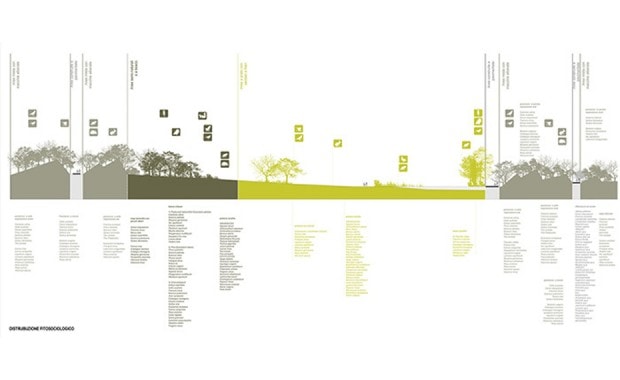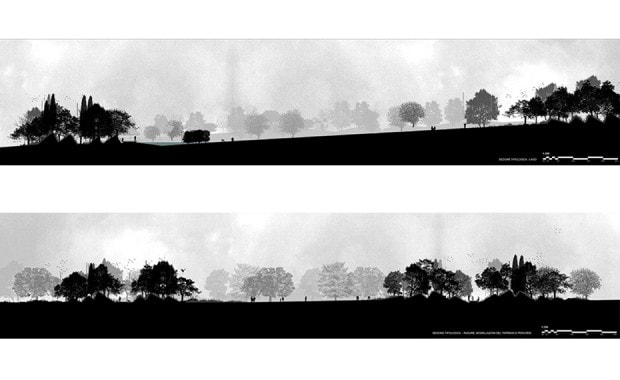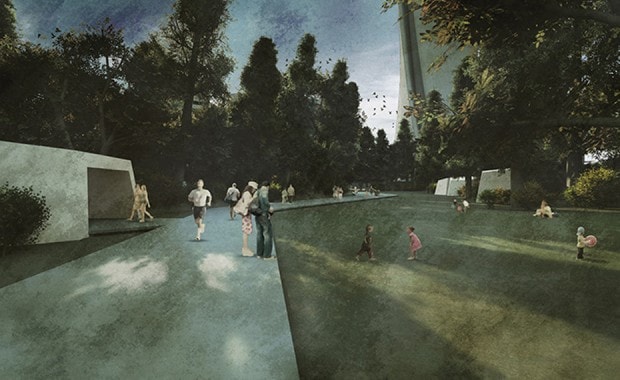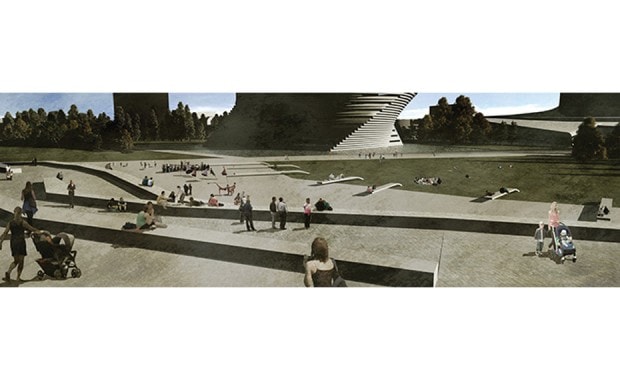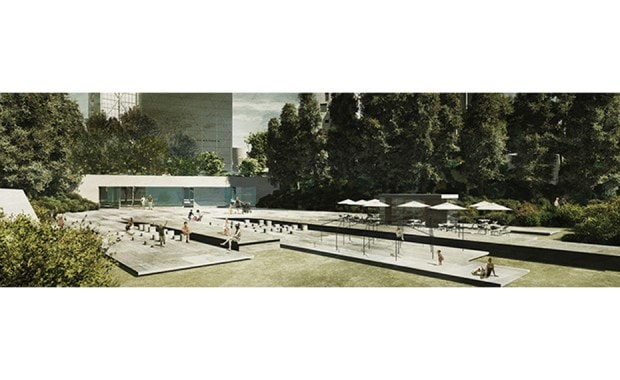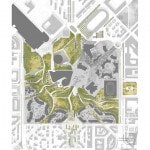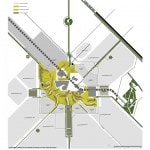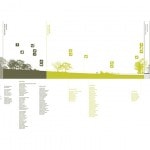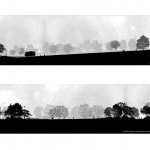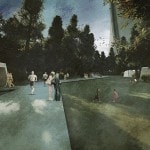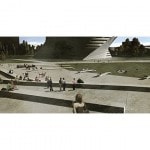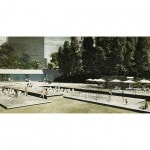Project: City Life Urban Park
Location: Milan, Italy
Firm: PROAP, Landscape Architecture
Firm website: www.proap.pt
Project Description: The plastic expressiveness of this project expresses a coherence and capacity for synthesis, based on a pragmatic reading of the territory, in a weighted resources economy and in a clear operating action.
The radial structure emerges from space and context. From this horizontal spatial stratification are created different ownership niches, visual basins that put us apart and compartmentalize the space and, therefore, punctually revealing, the rhythm of the space, its division and continuity. The stratification also appears in the vertical plane, dissected into three levels: the urban matrix (the city floor), the modeling complex (morphological wrinkle), and finally the trees leafy (the roof of the park).
The first level, the urban matrix, ensures the territorial continuity of the city, while the second, the morphological wrinkle, introduces the notion of distance – distance between private and public space, but also distance regarding the architecture – working as scenic device. But this level is also a conjunction with the third, the trees leafy that at distance opposes the revelation – revelation of the visual axes and architectural volumes, places of interest, approaches and departures.
The reasoning planning has focused, in procedural terms, in the intermediate level, since the morphological wrinkle is the tool through which is guaranteed a single morphological solution able of effecting a coherent spatial partitioning, adequate the load capacities, the potential uses and to manage the delicate relationship between human life in the Park and ways of life, as disparate as sensitive, from the plant and animal communities.
We are faced with a morphological solution that takes from the complexity the fundamental condition to operationalize the ecological activation in a dense urban environment. The morphology vibration creates collection and water distribution spaces, promoting its retention and making it available in necessary quantities for life to happen there.
From the horizontal stratification, which is basically an operational partitioning, the vertical stratification, distributed in three levels of continuity, distance and revelation and, finally, the morphological wrinkle as the required vibration for life, we achieve the reinterpretation of the spatial identity – the transformation of this space into a place.
Project Team: João Nunes (author), Iñaki Zoilo, Carlos Ribas, Andrea Menegotto, Ana Marques, Sílvia Basílio, Margarida Henriques, Marta Palha, David Fonseca, Helena Palma, Tiago Torres-Campos, Bernardo Faria, Sofia Bray, Raquel Coutinho, Giulia Tettamanzi, Piera Carcassi, Clara Guedes, Paulo Câmara, Rui Sequeira, Laura Pisanu, Luca Baroni
| previous project | next project |
